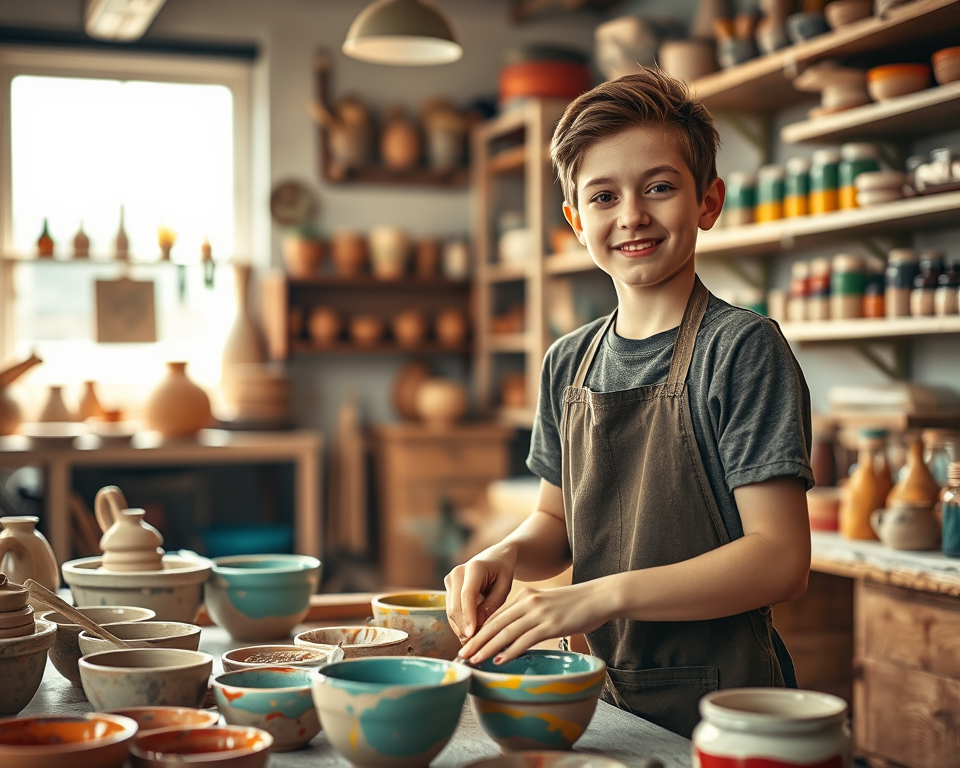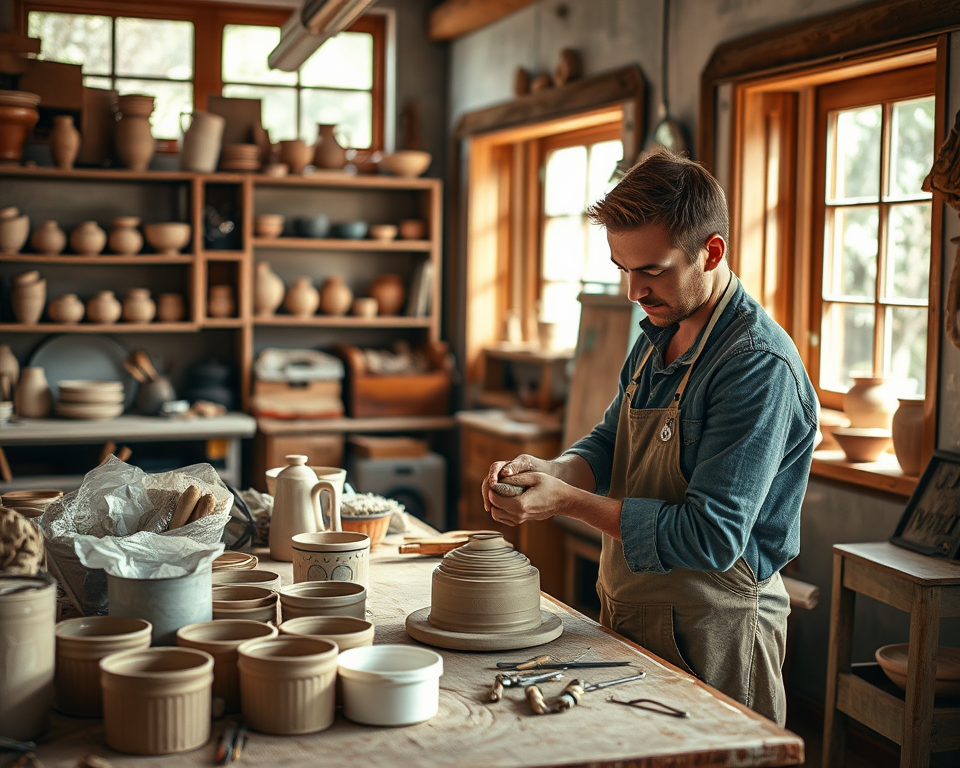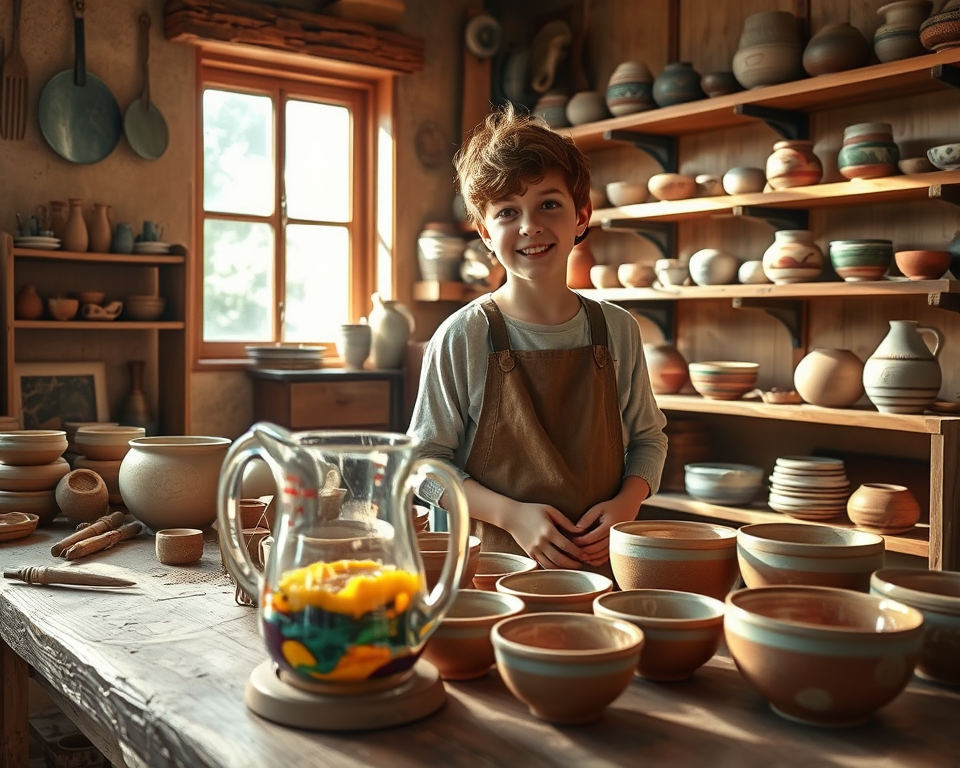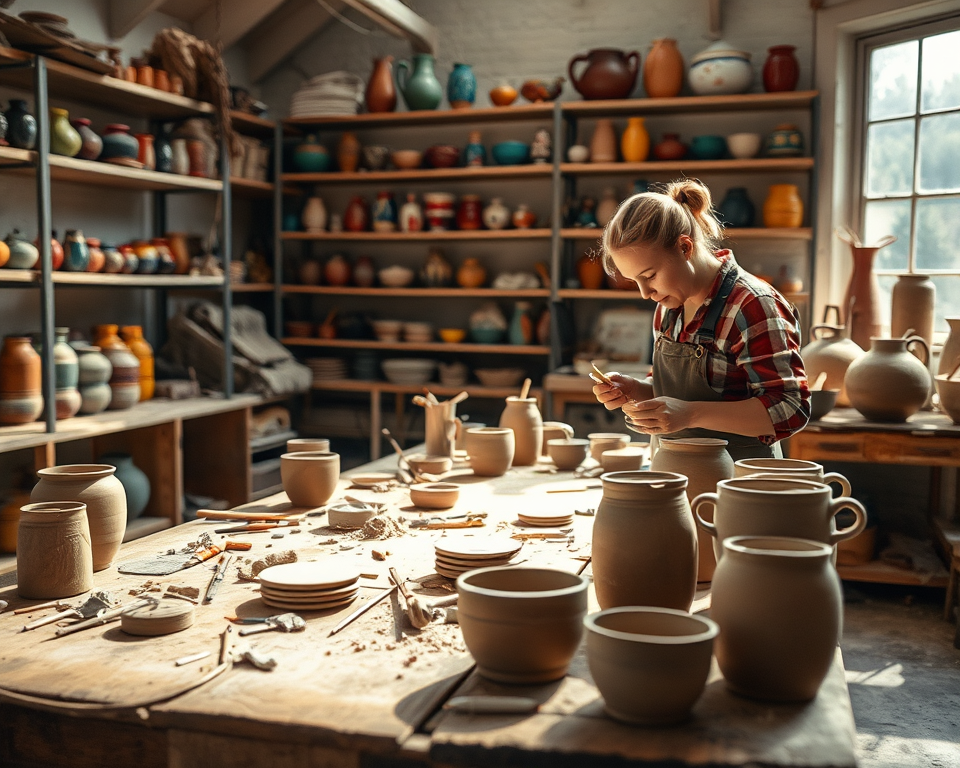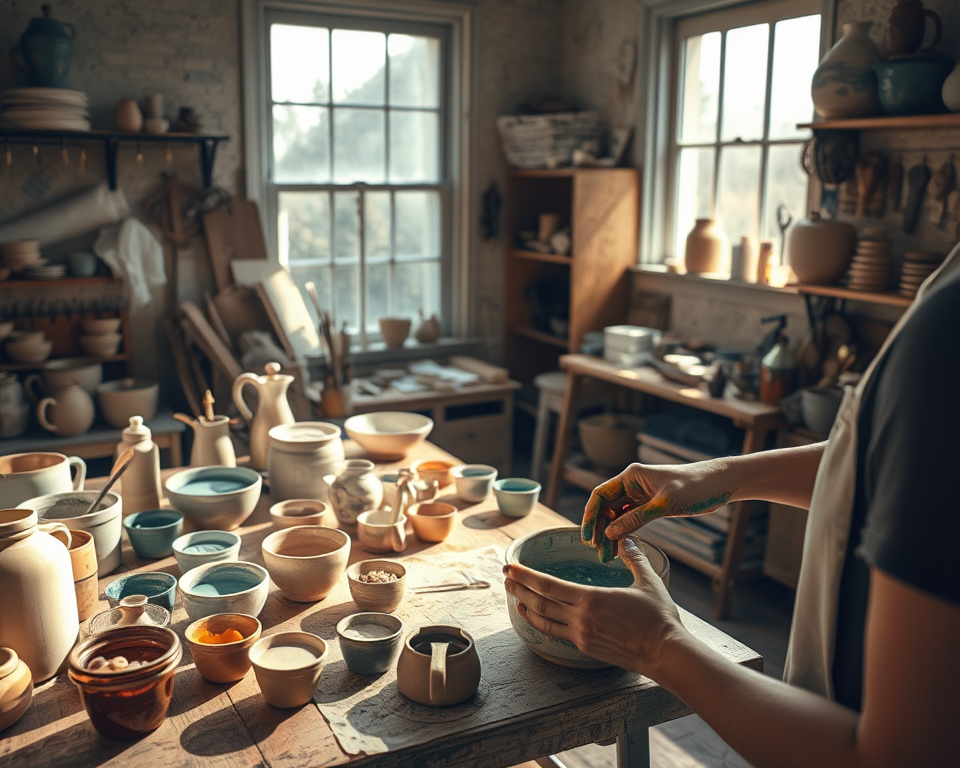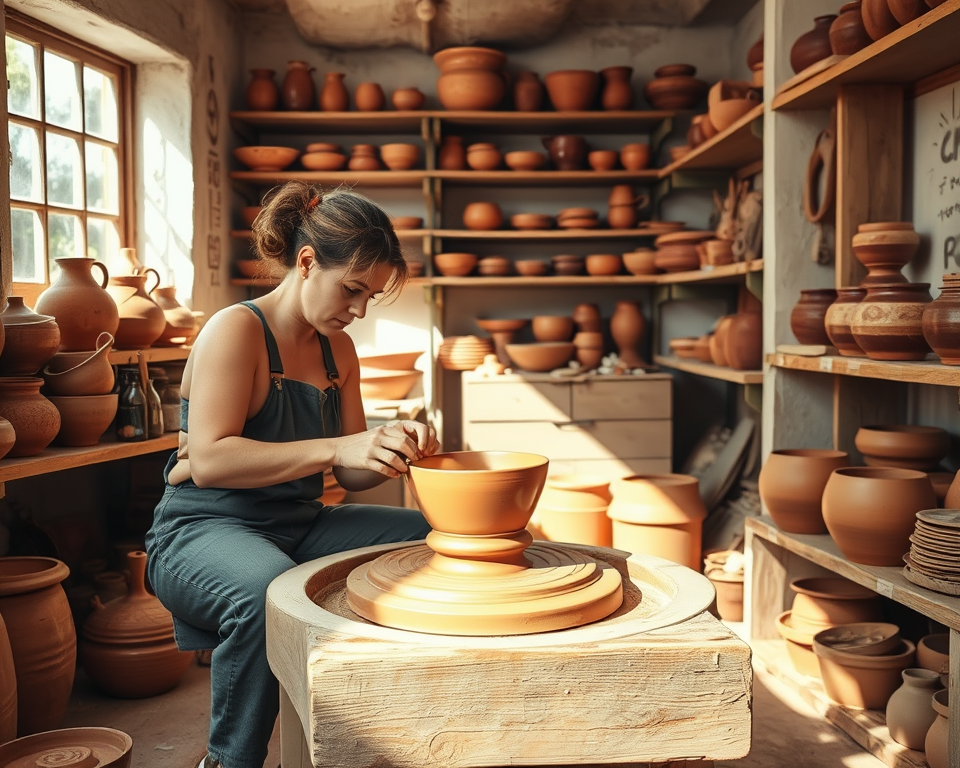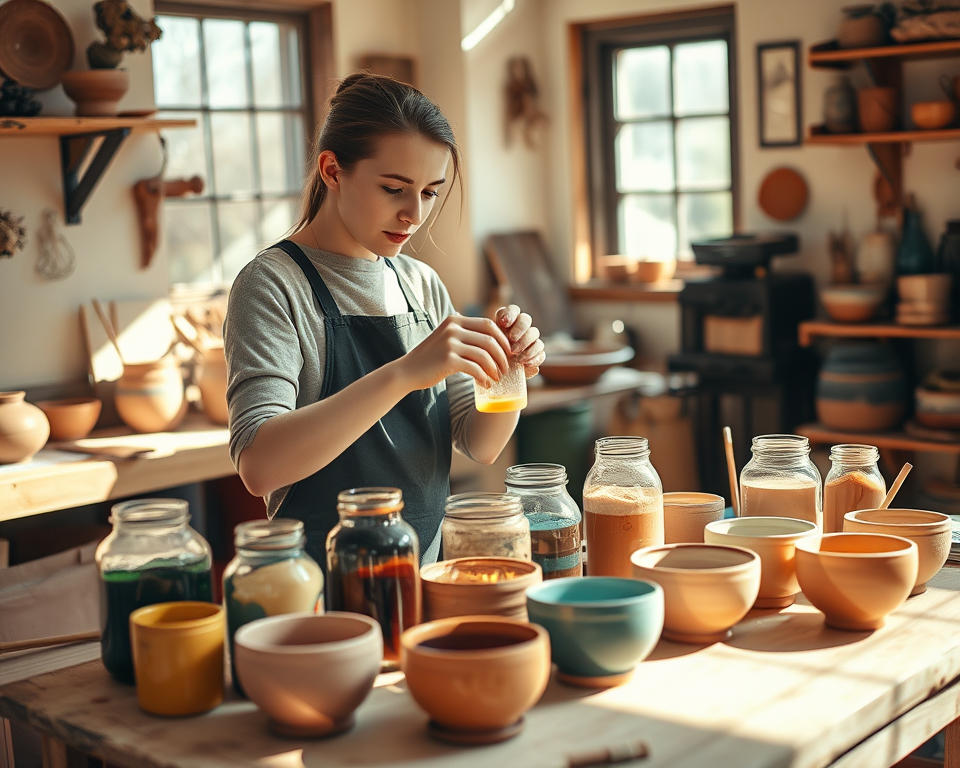Hey there, little potter! 🌟 Today, we’re going to explore how we can convert measurements, just like you might when you’re mixing clay or measuring out ingredients for a special glaze! Imagine you have 5 cups of water. Now, you might be wondering how much that is in quarts. Here’s a fun fact: in cooking
Category: Nice To Know
5.75 fluid ounces (fl oz) to milliliters (mL)
Hey there, young potter! 🌟 Let’s dive into a fun measurement that will help you as you mix glazes and make amazing pottery! First, you need to know what fluid ounces and milliliters are. They both measure liquids, just like how you might measure water or slip for your clay projects. In our case, 1
Salt glaze flashing stage (Cone 9 to °F)
Okay, let’s talk about something really cool in pottery! When potters make their pieces, they put them in a special oven called a kiln to heat them up. There are different temperatures for different types of pottery, and today we’re focusing on something called the salt glaze flashing stage, which happens when the kiln is
450 milliliters (mL) to cups (US)
Hey there! Let’s explore how to change 450 milliliters to cups. Think of it like mixing clay and water for your pottery projects, where measuring is super important. First, we need to know that 1 cup (US) is about 236.6 milliliters. So, to find out how many cups are in 450 mL, we can use
5.25 Pints to Milliliters (mL)
Hey there, little potter! 🌟 Today, we’re going to learn about measurements—specifically how to change pints into milliliters. When you’re working with pottery, it’s super helpful to know how much liquid you have, especially if you’re mixing glazes or other materials. Now, pints and milliliters are both ways to measure liquid. Think of it like
Barium glaze testing (Cone 7 to °F)
Hey there! Today, we’re going to dive into something really cool in the world of pottery—it’s called barium glaze testing! Glaze is that shiny coating you see on pottery that makes it look pretty and protects it too. In our special case, we’re focusing on a barium glaze, which is made using a chemical called
9.5 Fluid Ounces (fl oz) to Cups (US)
Hey there! Let’s talk about measuring liquids in pottery. When we want to mix up a glaze or add water to our clay, we often use measurements to make sure we get the right amount. One common measurement we use is fluid ounces (fl oz). Now, did you know that 1 cup in the U.S.
High-fire stoneware range (Cone 9 to °F)
Hey there! Let’s talk about something really cool in pottery—the high-fire stoneware range! When we say “high-fire,” we mean that we are firing the clay at a very high temperature. In pottery, we use something called a cone to tell us about the heat. For our discussion, we’re focusing on Cone 9, which means the
0.33 liters (L) to cups (US)
Alright young potter! Let’s talk about measuring liquids, which is really important when you’re mixing different materials for your pottery projects! Liters are a unit we use to measure liquids, and when you’re working with different recipes, it’s sometimes helpful to change these measurements into something else. In the United States, we often use cups
Burnishing Stage (350°C to °F)
When you’re making pottery, there’s an important process called burnishing. This happens when the clay is heated to 350 degrees Celsius. This temperature is really hot, and it helps make the surface of the clay smooth and shiny. Now, to understand how hot 350°C is, we can change it into Fahrenheit using a special equation:


